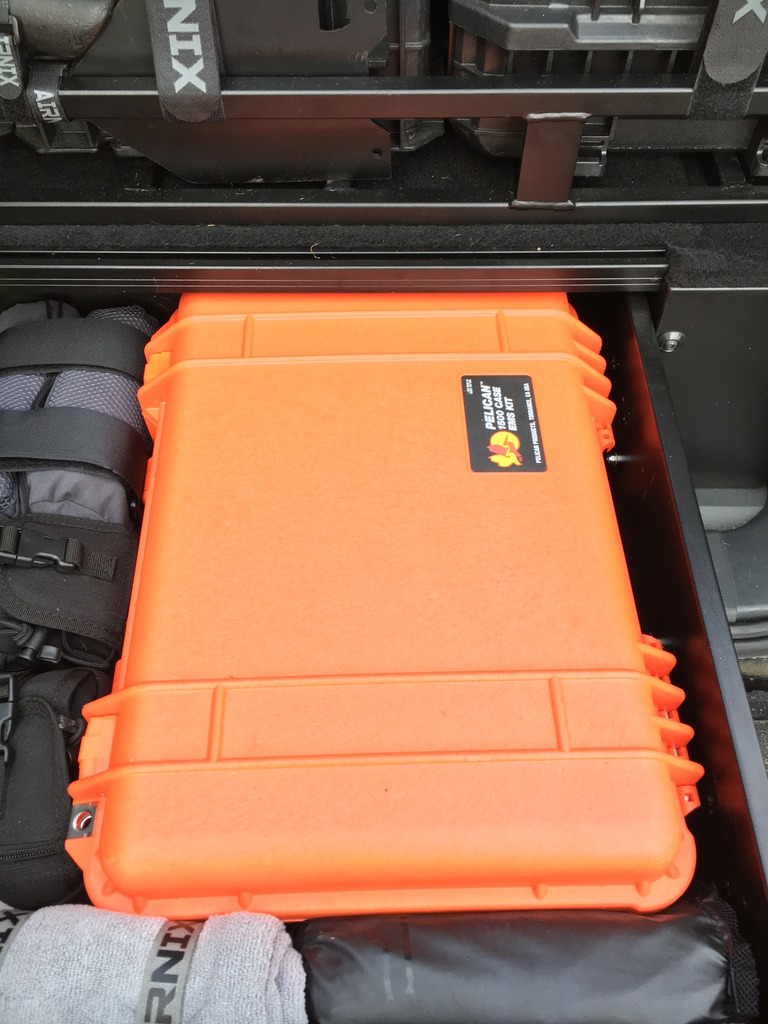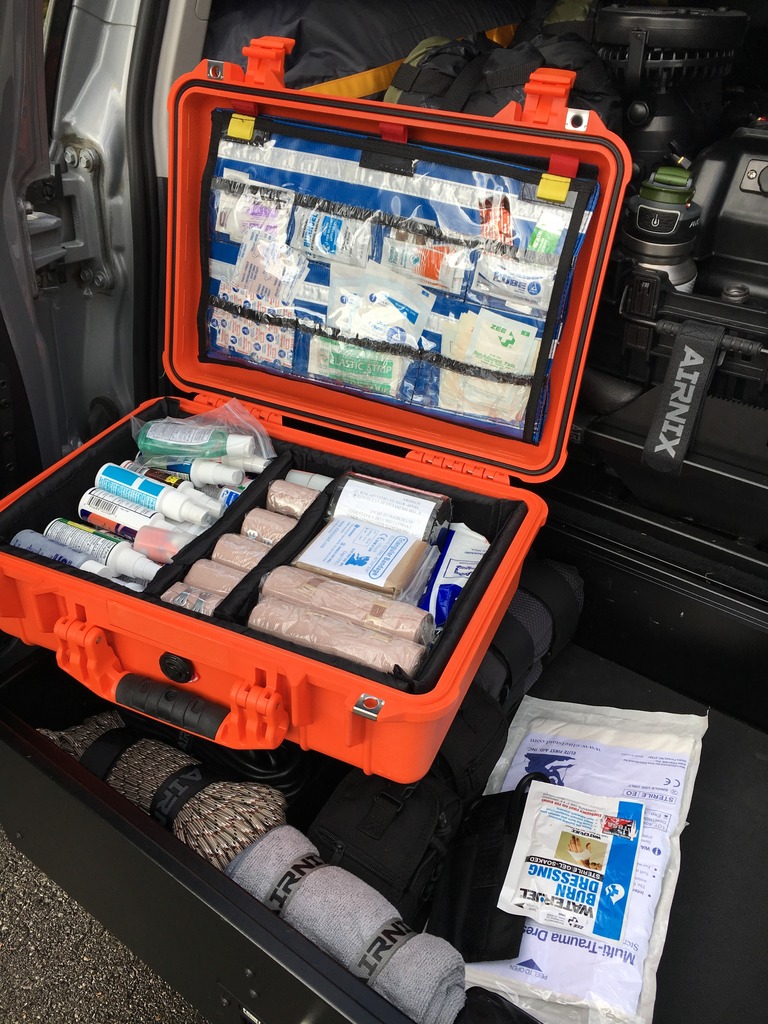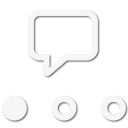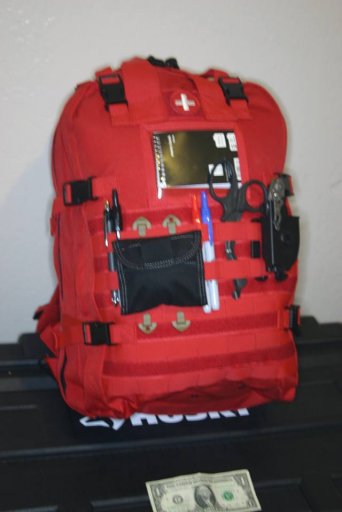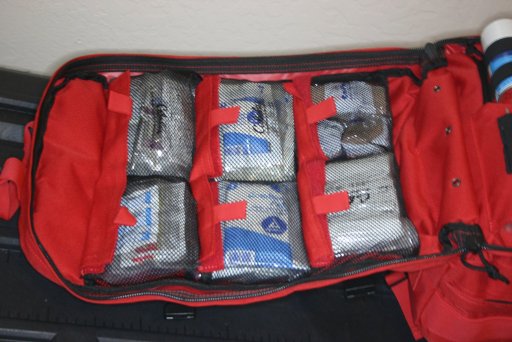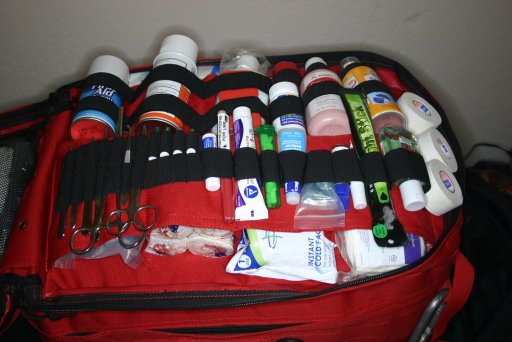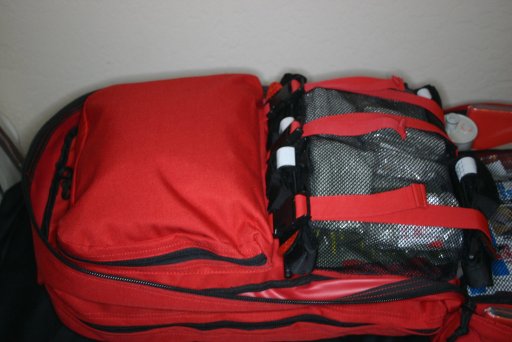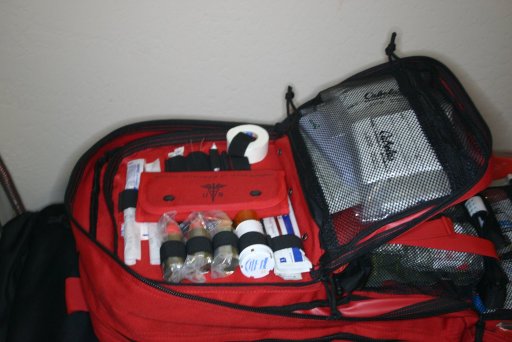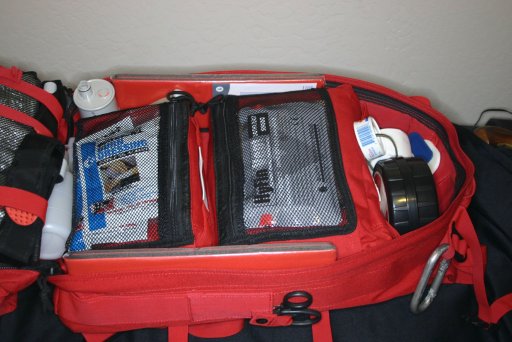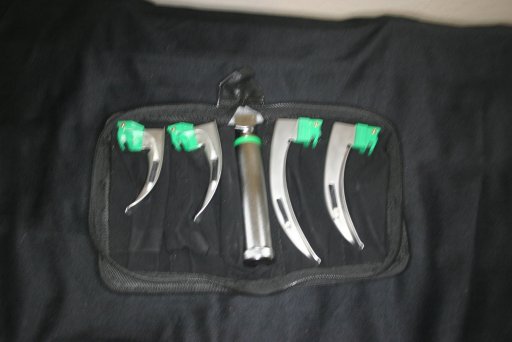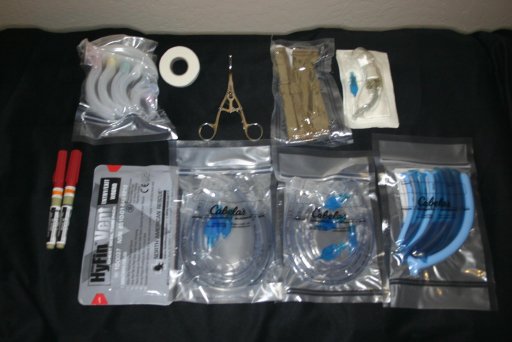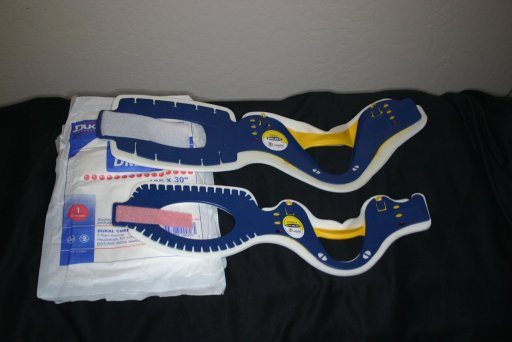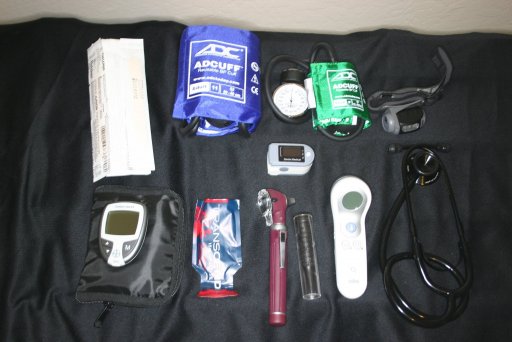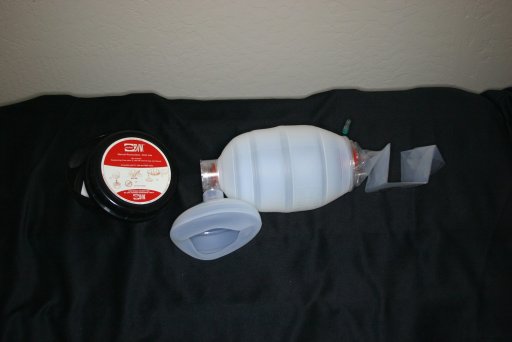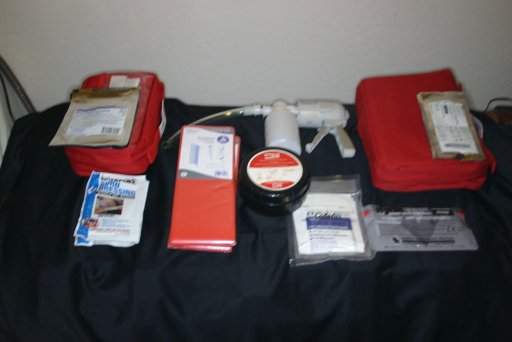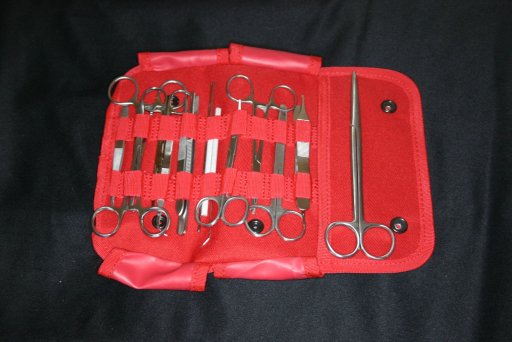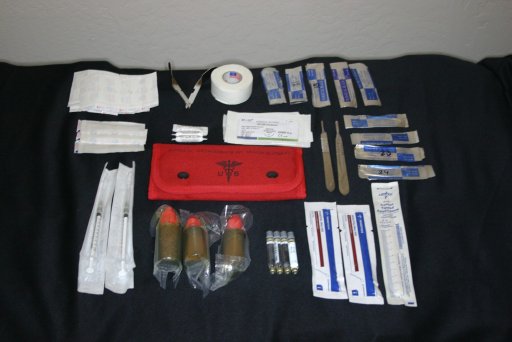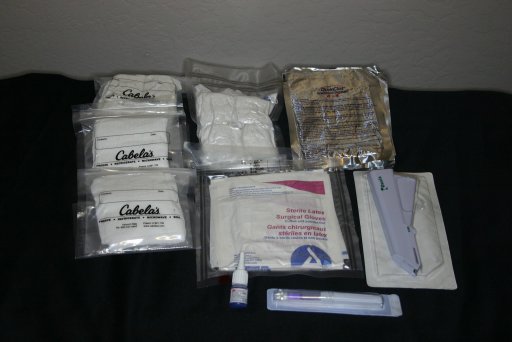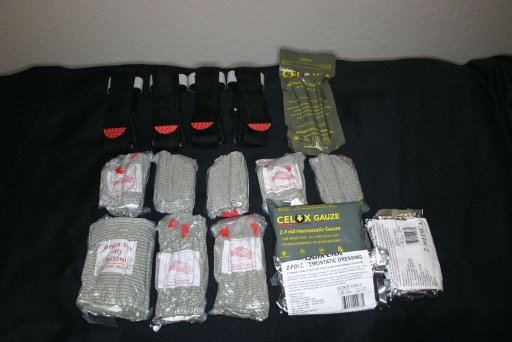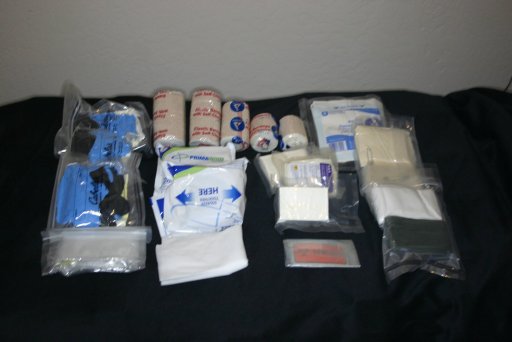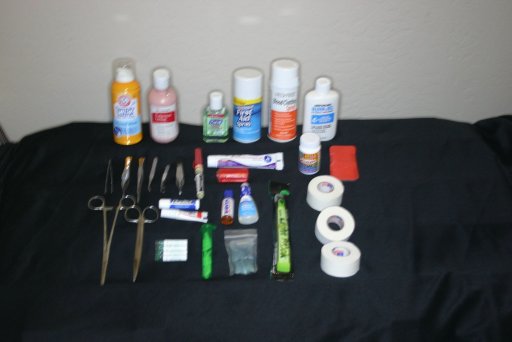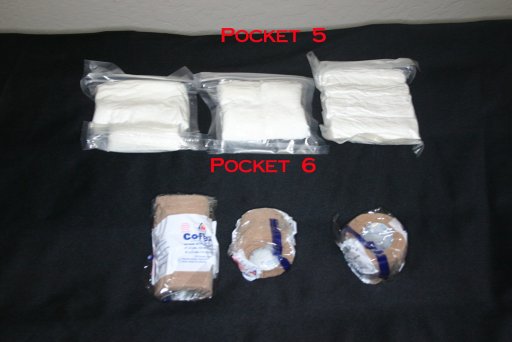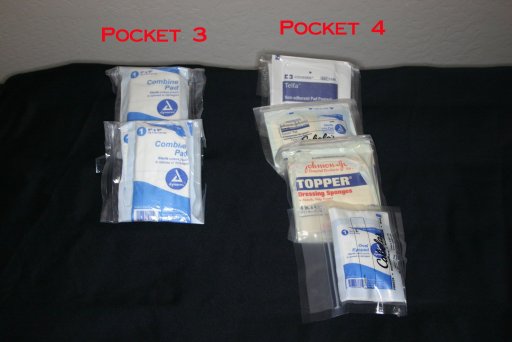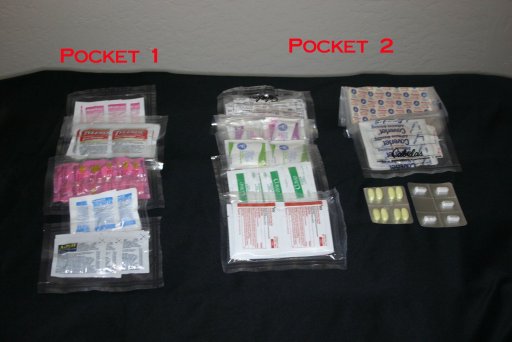There are two serious concerns with overland travel and first aid kits. The first is training. Everyone venturing out into the hinterlands needs to know emergency first aid. Take a course! A basic first aid course is better than nothing, but a wilderness first responder would be better. When you are hours away from competent medical treatment, the skills taught in the Wilderness programs, such as Wilderness EMT or PM, will save lives. Before leaving the house, you need to have a medical plan for evacuation. Know where the closest medical treatment is along your route of travel. More importantly, know how to get a rescue flight to your location. This means you have to have communications. Most of the places I go, there is no cell phone coverage. That means radio or Sat Phone. Your inter-group CB is nearly worthless. The Amateur Bands are better. But there are limits with VHF and UHF bands. HF is almost always good, but getting someone a thousand miles away to help is not the most efficient way to operate. The Sat Phone, and knowing how to call for evacuation is the best option, but you will need line-of-sight to the satellite. You may have to climb a mountain in some areas. The limiting factor here is the cost. Lastly, learn what helicopters require to safely land, how to signal them, and how to provide terminal landing directions. If you don't know that later, get the hell out of the way!
The most important thing to remember is the motto "First, do no harm!"
First-aid kits: Every vehicle should have one! Your kit needs to be assembled both to your skill level, and to the types of injuries you expect to see in the field. Cuts, bruises, sprains, and illness are the basics, but crushing injuries, broken bones, chest injuries, severe lacerations involving arteries, animal attacks, and gunshot wounds are a very few of the injuries you may see in the field. Does that mean you need a major trauma kit? Nope, just a few extra items that specifically address these issues. When I was a kid, I saw a man die when the jack that was holding up the car collapsed as he was crawling out from under the car. The car crushed his legs. He was in pain, but otherwise in stable condition until they removed the weight of the car, from his legs, and he died instantly. If someone had put a tourniquets on each leg he would have probably lived. This can happen in the back country (although, I would hope you wouldn't be so foolish as to crawl under a vehicle on a jack) during a field repair to an axle, or a crushing injury in a roll over. Get the training and plan for the unexpected, then build or buy you kit. I think there is more value in building your kit because you have to think about what you will be treating. But buying a kit is better than nothing. Just my two cents.



